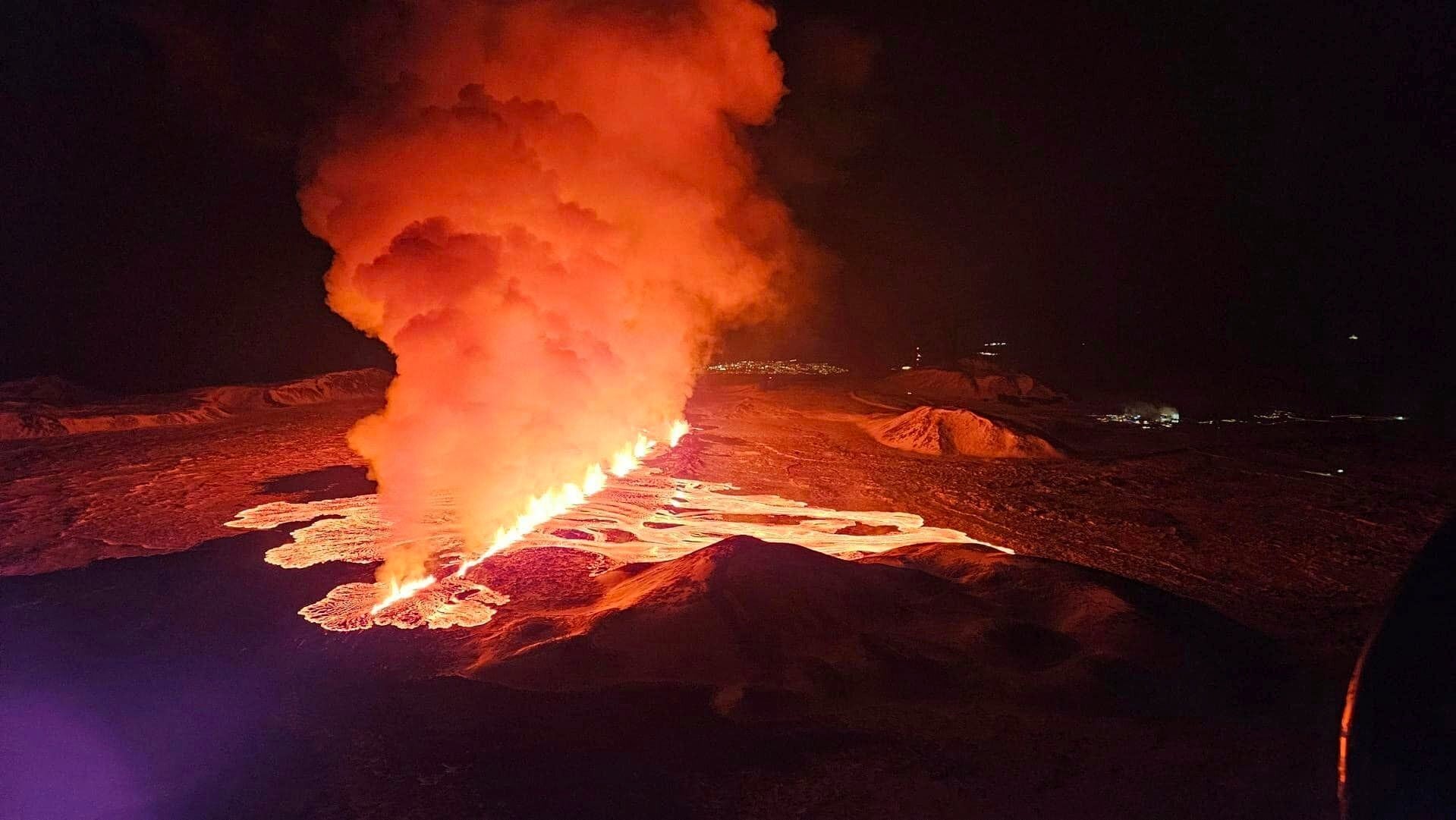Iceland volcano: Scientists warn of yet more eruptions to come
More eruptions are likely


Scientists are warning that Iceland may experience further volcanic eruptions in the coming months despite the recent event in the southwest appearing to have subsided.
Iceland’s Meteorological Office said late Thursday that the eruption had decreased significantly.
The eruption began at about 6 am local time on Thursday in the area northeast of Mount Sýlingarfell, the Met Office said.
It prompted the evacuation of the popular Blue Lagoon thermal spa and cut off heat and hot water to several communities on the Reykjanes Peninsula in southwestern corner of the island.
Prime Minister Katrin Jakobsdottir said authorities hope to restore hot water to the area by midday on Friday, national broadcaster RUV reported.
The eruption site is about 4 kilometers (2½ miles) northeast of Grindavik, a coastal town of 3,800 people that was evacuated before a previous eruption on Dec. 18. The town wasn’t threatened by Thursday’s eruption.
Benedikt Ófeigsson, a geophysicist at the Icelandic Met Office, told RUV that the area can expect an eruption every month or so over the next few months.

“In the long term, it’s very difficult to say, but in the short term, the next months, we will probably continue to see repeated magma intrusions and eruptions,’’ he said.
Civil Defence officials said that no one was believed to be in the town at the time of the eruption, Icelandic national broadcaster RUV reported.
“They weren’t meant to be, and we don’t know about any,” Vioir Reynisson, the head of Iceland‘s Civil Defence, told the outlet.
This is the third eruption since December of a volcanic system on the Reykjanes Peninsula, which is home to Keflavik, Iceland‘s main airport.
There was no disruption reported to the airport on Thursday.

The Icelandic Met Office earlier this week warned of a possible eruption after monitoring a build-up of subsurface magma for the past three weeks.
Iceland, which sits above a volcanic hot spot in the North Atlantic, averages an eruption every four to five years.
Iceland, which is roughly the size of the US state of Kentucky, boasts more than 30 active volcanoes, making the north European island a prime destination for volcano tourism – a niche segment that attracts thousands of thrill seekers.
The most disruptive in recent times was the 2010 eruption of the Eyjafjallajokull volcano, which spewed huge clouds of ash into the atmosphere and led to widespread airspace closures over Europe.